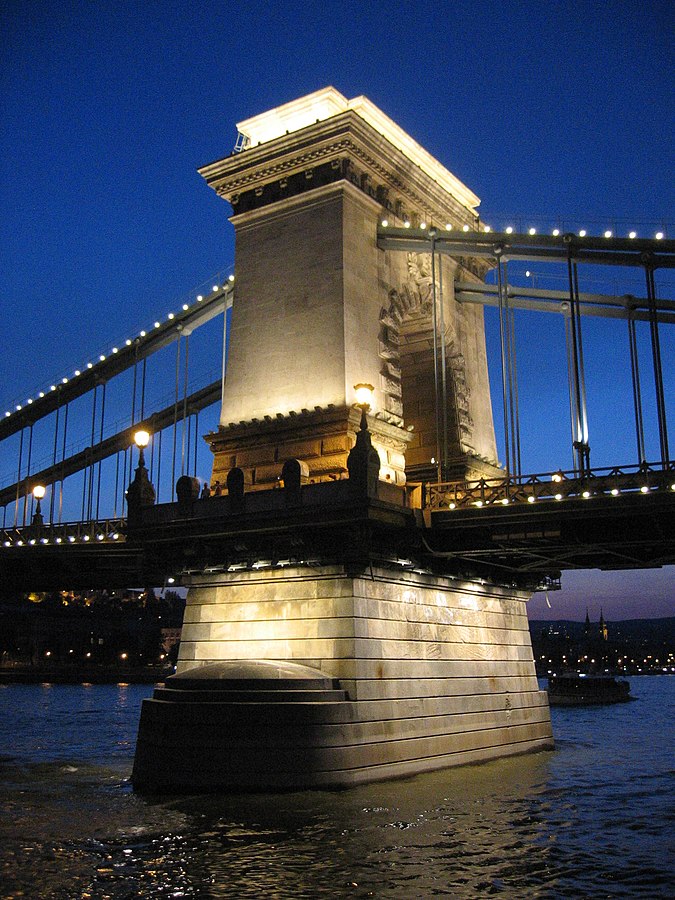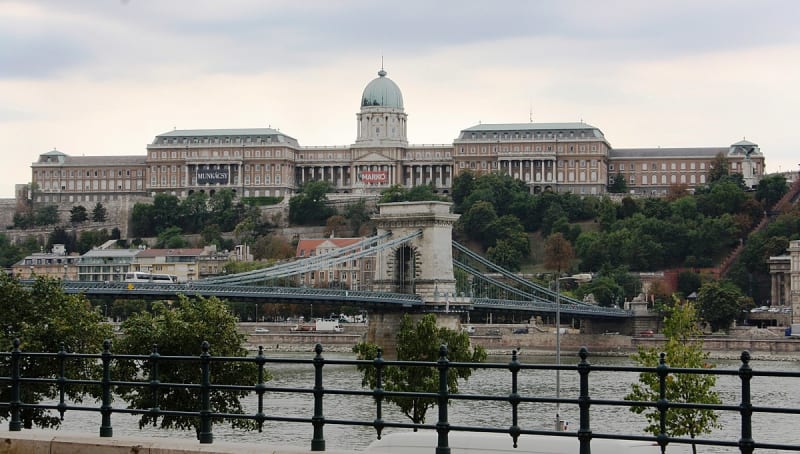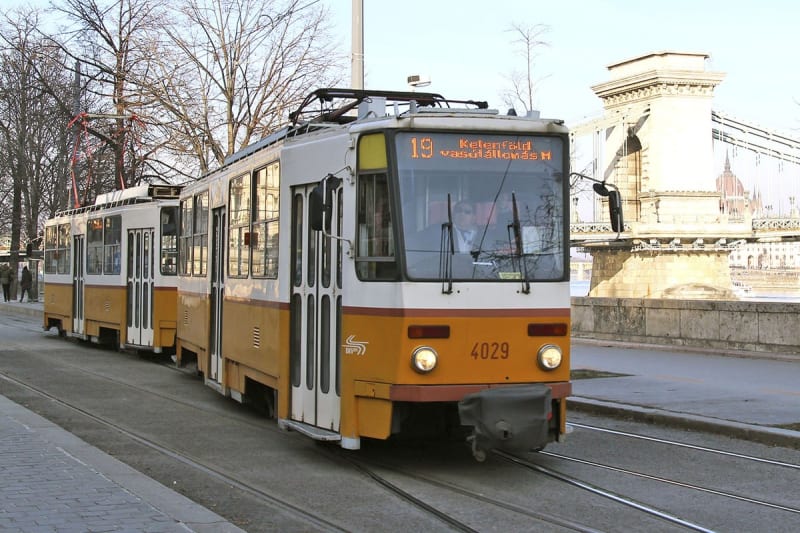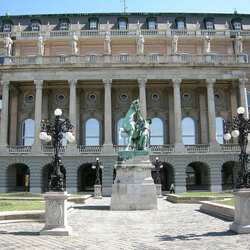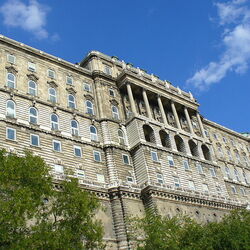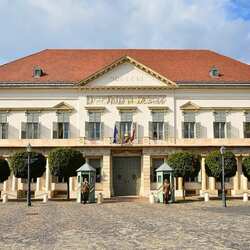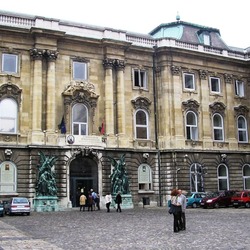Chain Bridge
The Szechenyi Chain Bridge has become one of the most recognizable landmarks of the Hungarian capital. At one time, it was a true masterpiece of engineering due to the originality of its design and its length. The bridge has preserved its architectural grandeur to this day.
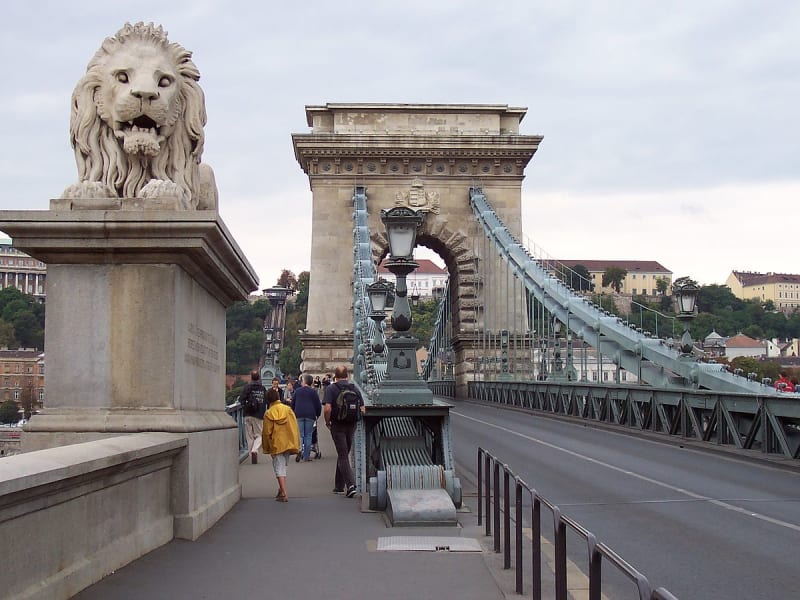
The history of the Chain Bridge
The first and at that time the only permanent bridge was put into operation in 1849, the construction took as long as 9 years. Interestingly, the locals initially did not accept the idea of building a Chain Bridge, fearing for the reliability of its construction. The local builders did not have the right experience, but there was the unrestrained nature of the Danube and ice blocks that could get stuck between the spans, either demolishing the bridge or causing flooding. Moreover, the city did not have enough budget.
The first problem was solved thanks to English designers and builders, the second - thanks to the capital of Count Szechenyi (according to legend, he was late for his father's funeral due to an unreliable ferry and swore to build a strong and reliable bridge at a fresh grave). Neither the architect nor the count has ever gone through his creation. The former spent most of his time in England, while the latter ended up in a psychiatric hospital by the time construction was completed.

The opening ceremony of the Chain Bridge took place in a tense atmosphere: shortly before that, an uprising was brutally suppressed, so the residents of the capital simply ignored the event. Initially, the bridge was called a Chain Bridge because of the massive metal chains designed to support individual sections. A little later, it was renamed after the patron and ideological mastermind of the construction. Now it is called by both names.
In 1913, the bridge was closed for reconstruction, which lasted two years. Further, the transport artery served faithfully until 1945, when it was blown up by the Germans in order to delay the advance of the Red Army and Allied forces. Restoration (and in fact new construction) of the bridge was started only in 1947. Its opening took place exactly 100 years after the completion of the first construction site.
Description of the Chain Bridge
Today's masterpiece of bridge construction has six spans, covering 375 meters in length and 15 meters in width. You can take a ride by car or public transport, or walk along it, admiring the water panorama and surrounding areas.
The Chain Bridge becomes especially attractive in the evening and at night, when the illumination is turned on, gracefully emphasizing the expressive shapes of the blocks and ancient chains. Lion statues installed at the entrance are popular among tourists. It is believed that if a man who has never cheated on his wife (even in his thoughts) passes by the kings of animals, then the graceful creatures will wake up from their stone sleep and growl. However, this has not happened so far.
An unusual feature of the sculptures is their lack of languages. The creator himself responded to the claims about this that lions, unlike dogs, do not stick their tongues out, and those who want to make sure that this organ is present in the mouth of stone predators can climb to a 3-meter height and inspect the statues more closely. The chain bridge is under reconstruction, so the majestic view can only be enjoyed from afar.

